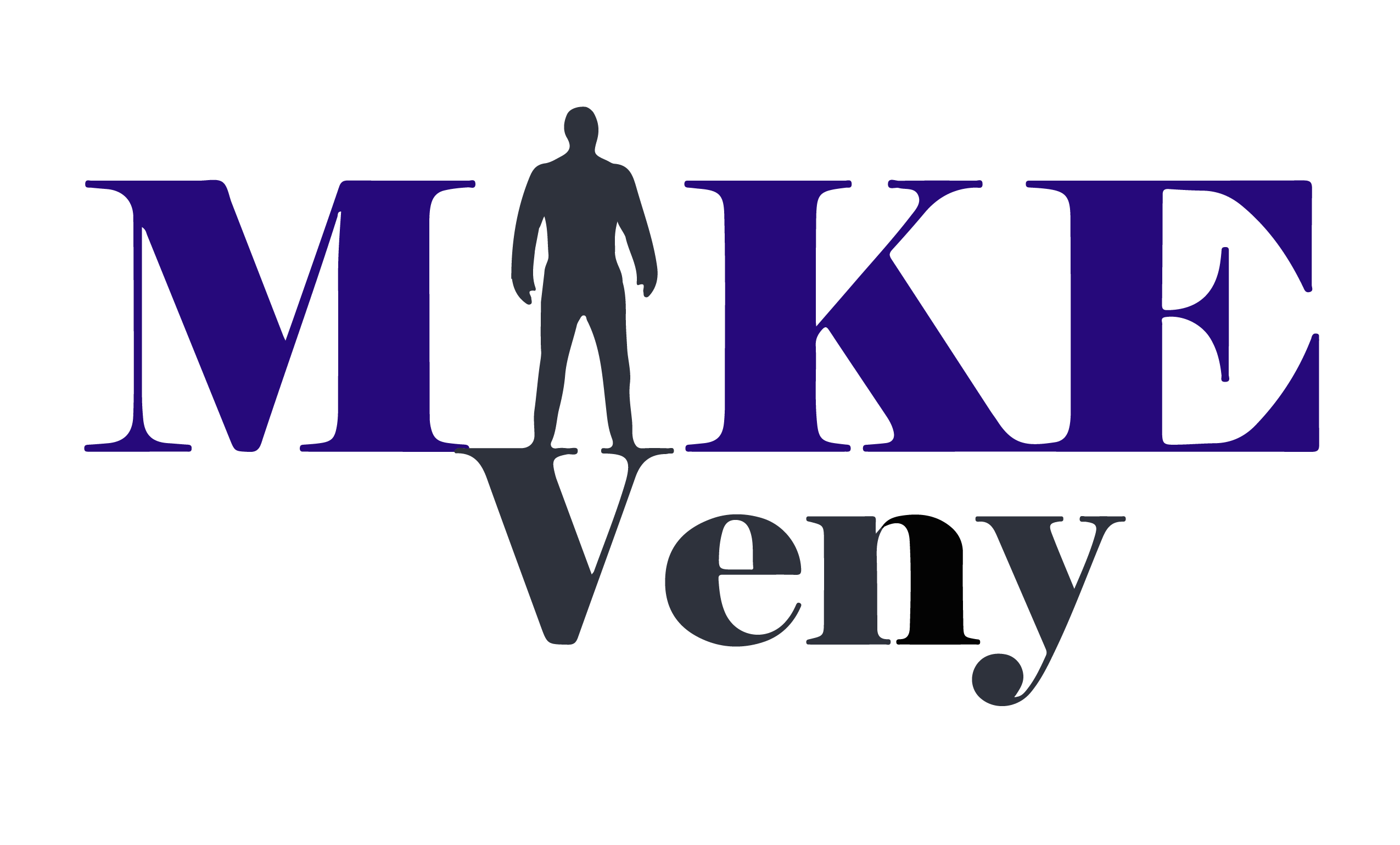We all know that being young comes with a lot of difficulties. It’s an emotional, turbulent time full of break-ups, preparation for the future, and trying to find out who you are in the world. Unfortunately, all too often, the difficulties of this formative period can lead to a young person attempting, successfully or unsuccessfully, to end their life. In fact, among people between the ages of ten and twenty-four, suicide is the second leading cause of death. Teenagers and young adults are much more likely to die from suicide than from AIDS, stroke, heart disease, cancer, birth defects, flu, and lung disease combined. One in six high school students have entertained thoughts of suicide – that’s much more widespread than many would have us believe! Suicide is an epidemic of youth, which is truly unfortunate since young people have the most to lose from suicide – they have their entire lives ahead of them. All too often, the signs of risk for suicide are apparent to those who know what to look for but can go under the radar, undetected, for those who do not. So what can be done to help alleviate this crisis? What are the signs that someone is considering suicide?
lifelines suicide prevention program with maureen underwood
Maureen Underwood
Back in the 1980s, four schoolchildren committed suicide in the area where Maureen Underwood, licensed clinical social worker, worked. In response to this tragedy, she and John Kalafat, a community psychologist, developed a comprehensive suicide prevention program to keep this sort of thing from happening. Her program has grown exponentially over the years, even being adopted by the Centers for Disease Control as their primary model for the containment of so-called “suicide clusters.” The truth is that one death can become multiple deaths, as children will become depressed and ask themselves, “If this person took the easy way out, why shouldn’t I? Why do I have to deal with the difficulties of life?” While the primary goal is to prevent any suicides from occurring (prevention), the Lifelines Suicide Prevention Program with Maureen Underwood also includes “postvention” to keep more unnecessary deaths from occurring after one has already taken place.
Everyone in the school community must be part of the process of preventing suicide attempts from occurring or spreading. Getting students, administrators, and teachers involved is what the Lifelines Suicide Prevention Program attempts to promote. The conversation about suicidal feelings should be open, without the stigma of so-called “mental illnesses” such as depression or anxiety being present. The program attempts to teach teachers, administrators, parents, and school counselors to be approachable so that students don’t feel embarrassed or guilty when it comes to telling them how they feel. However, the most important part of the program are the students: more often than not, the person at risk of suicide will confide in his or her friends, or at least give them signs of how they’re feeling, long before they talk to an adult. The program acknowledges this unavoidable fact and tries to take advantage of it to keep prevention, intervention, and postvention operating at their highest efficiency.
The primary goals of the program are twofold:
- To ensure that students at risk of suicide are aware of how they can obtain help.
- To learn how adults and students in the community can recognize if someone is in danger.
By targeting these two areas, the program effectively accomplishes what it sets out to do: to lower the rates of suicide among young people.
To achieve these goals, the Lifelines Suicide Prevention Program consists of four interdependent parts. These four sections ensure the program is as comprehensive as it is – they rely on each other to make the program as successful as possible. The four components are as follows: administrative readiness consultation, training for school faculty and staff, parent workshops, and a student curriculum. Here is a brief look at each of these components.
lifelines suicide prevention with maureen underwood
The administrative readiness consultation ensures that schools are ready to respond to a suicide risk or death by suicide. Mostly, this lays out the school’s plan of action, so that prepare for an emergency or event that requires urgent attention. Training for school faculty and staff is done through workshops and teaches them how to identify at-risk students by learning the tell-tale warning signs of suicide risk, and then identifying the appropriate resources and referring these students to those resources. The parent workshop details to parents the statistics and facts about teenage suicide and informs them of the school’s plan of action for prevention and postvention. Lastly, comes the student curriculum – it is vital that this part comes last because it would not be helpful if students inform adults of a risk and these adults are not adequately prepared to take the appropriate courses of action. Students will go through this curriculum in-depth in an 8th or 9th-grade health class, which will be supplemented with videos and handouts (as are some of the previous steps of the program). They will be taught about the warning signs to look out for in a potentially suicidal classmate, and be required to name at least one adult in the community who they can inform about this risk.
The Lifelines program is evidenced-based – if it were not so effective at what it sets out to do, then the CDC wouldn’t have adopted it as their model for the containment of suicide clusters! Over the past few decades, since it began, evidence that it is beneficial has gradually accumulated. But one of the most helpful things when it comes to the structure of the program is that it’s flexible, having changed as more data have made themselves available. Unfortunately, the epidemic of young people committing suicide is now taken more seriously today, making the accumulation of data, driven by intensive research, only a few decades old. Take, for instance, the fact that students will much more readily confide in their peers than in adults. The Lifelines program is partially built around this fact, as mentioned above. A 2005 study at a few different public schools in Maine demonstrated increased knowledge about the culture of suicide, and students confirmed being more willing to take action if they suspect or have definitive evidence that one of their peers is suicidal. Since students are least likely to talk to an adult faculty member about their suicidal feelings or why they are suicidal, the involvement of other students is of the utmost importance.
You may be thinking to yourself, “This all sounds great, but what makes the Lifelines program stand out from other suicide prevention programs?” Like many other school suicide prevention programs, Lifelines is a universal prevention program, meaning that it involves the entire school community. However, even for a comprehensive prevention program Lifelines is exceptional in that it includes all four sectors of the school community – parents, the administration, faculty and staff, and the students themselves. It also recognizes, based on well-researched but also common sense information, that not all of these sectors are equally effective in preventing suicides. It puts the burden of responsibility mostly on the students. Ask yourself how likely you were to tell your principal or teacher about your issues when you were young, and you’ll see why this is so crucial. In addition to this balance, Lifelines also targets ALL the sectors of the school community, whereas other universal programs may only involve one or two. This comprehensiveness is important to its ultimate success.
In addition to using the Lifelines program in your school community, it’s a good idea to supplement the information with the words of local mental health providers. After all, the program originated from two mental health community providers! These professionals often understand problems like suicide inside and out and will be able to increase the effectiveness of the information provided in the program. Additionally, they can serve as referral options for students who are found to be at risk of suicide. Many states have published suicide prevention plans – how communities such as schools should react to unfortunate circumstances such as risk or an actual death. Some are more fully fleshed-out than others, but be sure to check your state’s suicide prevention plan to supplement the program and receive even more information about statistics and prevention tactics.
Knowledge is power, and when it comes to suicide prevention, we want to be as well-armed as possible.
When it comes to teaching the curriculum in the classroom, the teacher is important. The teacher should volunteer for this position – teaching suicide prevention tips should not be an obligation. The Lifelines program teaches this because the teacher should have a genuine willingness to help and impart wisdom to the students. They will be required to learn additional information about teen suicide so they can answer any questions their students may pose and ultimately be as helpful as possible. They should have a rapport with students inside and outside the classroom. Although some of us may not like to admit it, some teachers are more popular with the student body than others, and it’s of vital importance that the teachers involved here be well-liked and trusted by their students. Since they will be one of the first adults that students inform of a suicide risk or their suicidal feelings, this is crucial. Ultimately, these teachers will refer a student to the appropriate resources if there is a genuine risk.
The goal of Lifelines is not to transform your school into a mental health clinic. That sort of thing is for real mental health clinics themselves! Rather, its purpose is to act as a strong first line of defense in teen and young adult suicide prevention. Some people worry that talking about suicide in schools will make suicide attempts “acceptable” and therefore increase the risk of death, but this is far from true. Students are already well-aware of suicide, just as they’re well aware of sexuality without having health classes. The comparison is apt since many adults worry about that as well! The Lifelines program teaches students that suicidal thoughts are relatively common and attempts can occur unexpectedly and that they should be aware of potential risk factors. Most importantly, they should refer students to the appropriate adult helpers rather than trying to help those at risk by themselves.
Risk factors for suicide that both students and adults should be on the lookout for include feeling of hopelessness, self-loathing, and extreme guilt, among many other negative emotions. Both drug or alcohol abuse are also indicators of problems that could lead to suicide – often students will use these to run away from their problems instead of dealing with them, and chronic abuse can indicate that they’ve “given up” on life. Sudden changes in personality, such as a person who is usually outgoing becoming suddenly withdrawn, seemingly for no reason, are also a good indicator that a suicide attempt could be a risk. If they make statements such as, “How far does a person need to fall to jump?” or “How long does it take to bleed to death?” or “Where on the body would a person have to be cut to do the most damage?”, you’re almost definitely looking at a suicide risk.
Not many suicide attempts take place at school, but in many cases, students will display the warning signs of suicidal inclinations at school. For one, they spend a lot of their time there. A good indicator of suicidal inclinations is also apathy, and this can be reflected in an otherwise good or even model student suddenly doing poor schoolwork. The Lifelines program is all about teaching your school community how to notice the risks of suicide, take action to prevent it and, if a tragedy does occur, how to ensure that no further tragic events happen. Postvention is equally as important as prevention, and Lifelines takes this into account.
Suicide among teens and young adults is a true epidemic that requires delicate, informed attention. This epidemic is why Lifelines was developed in the first place – to challenge this severe problem. This comprehensive program will give your community the best chance to curtail the rate of young people taking their lives, throwing them a “lifeline” when they need it most and ensuring they’ll go on to live healthy, productive lives. We hope you’ll seriously consider implementing the Lifelines Suicide Prevention Program with Maureen Underwood.



